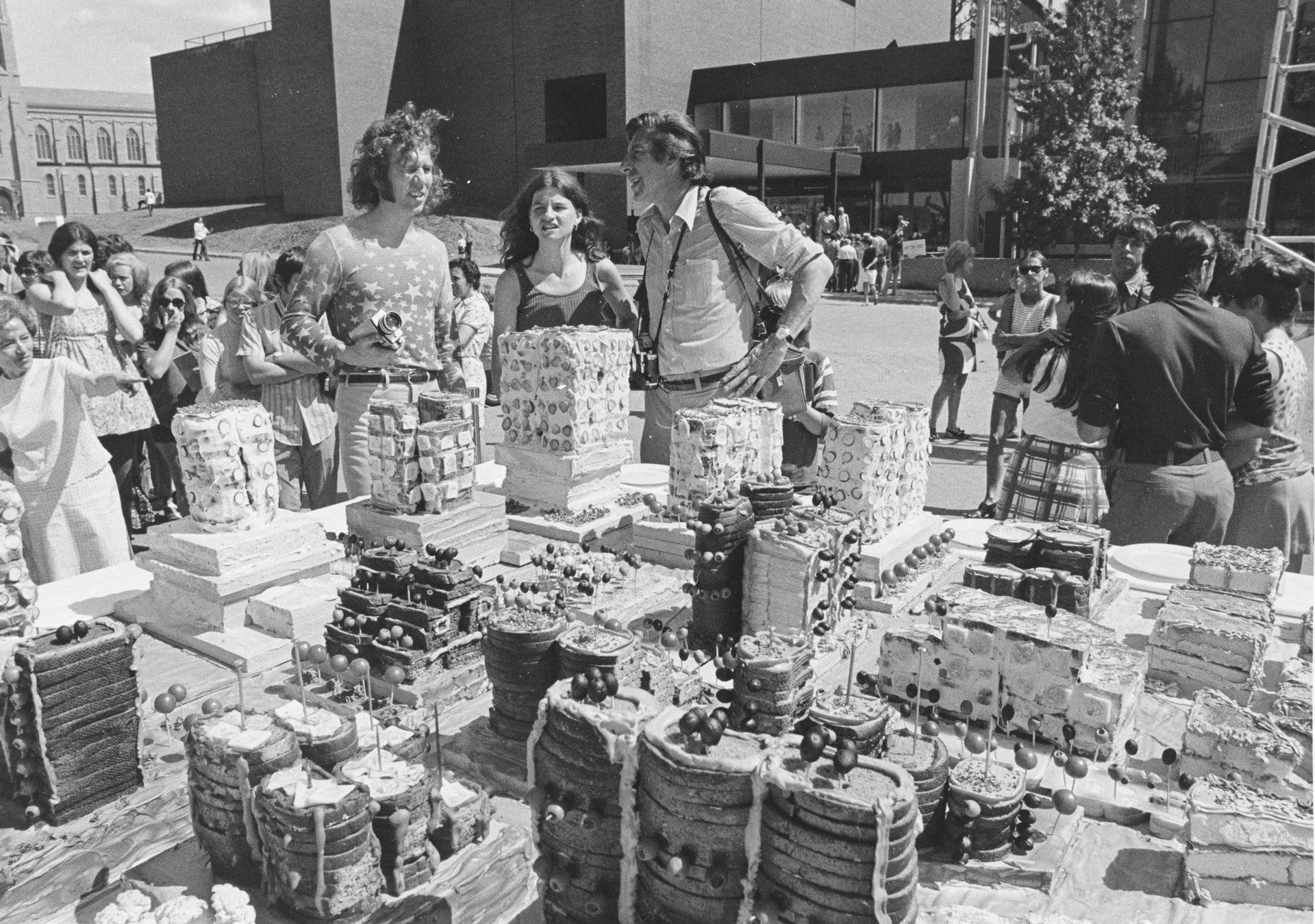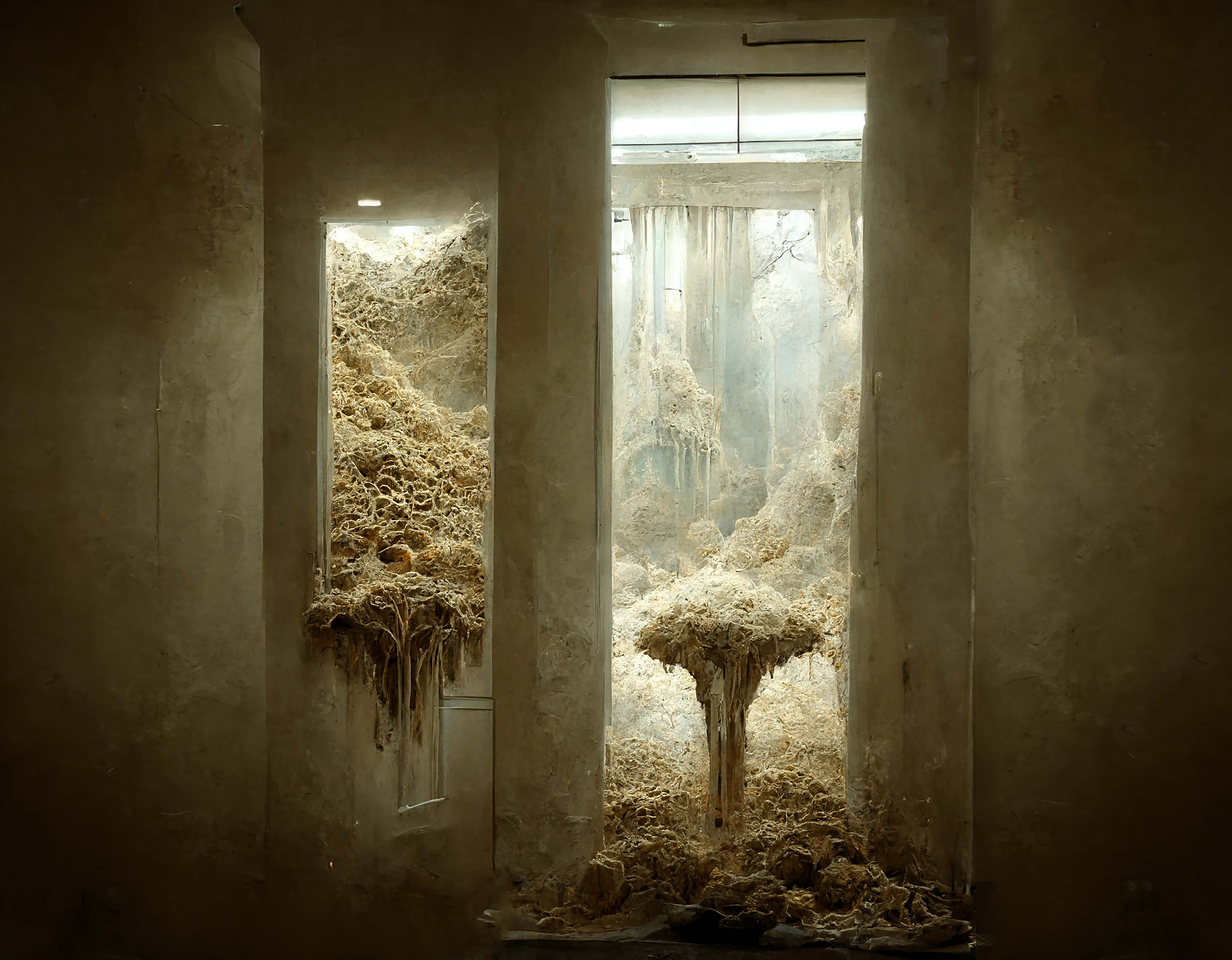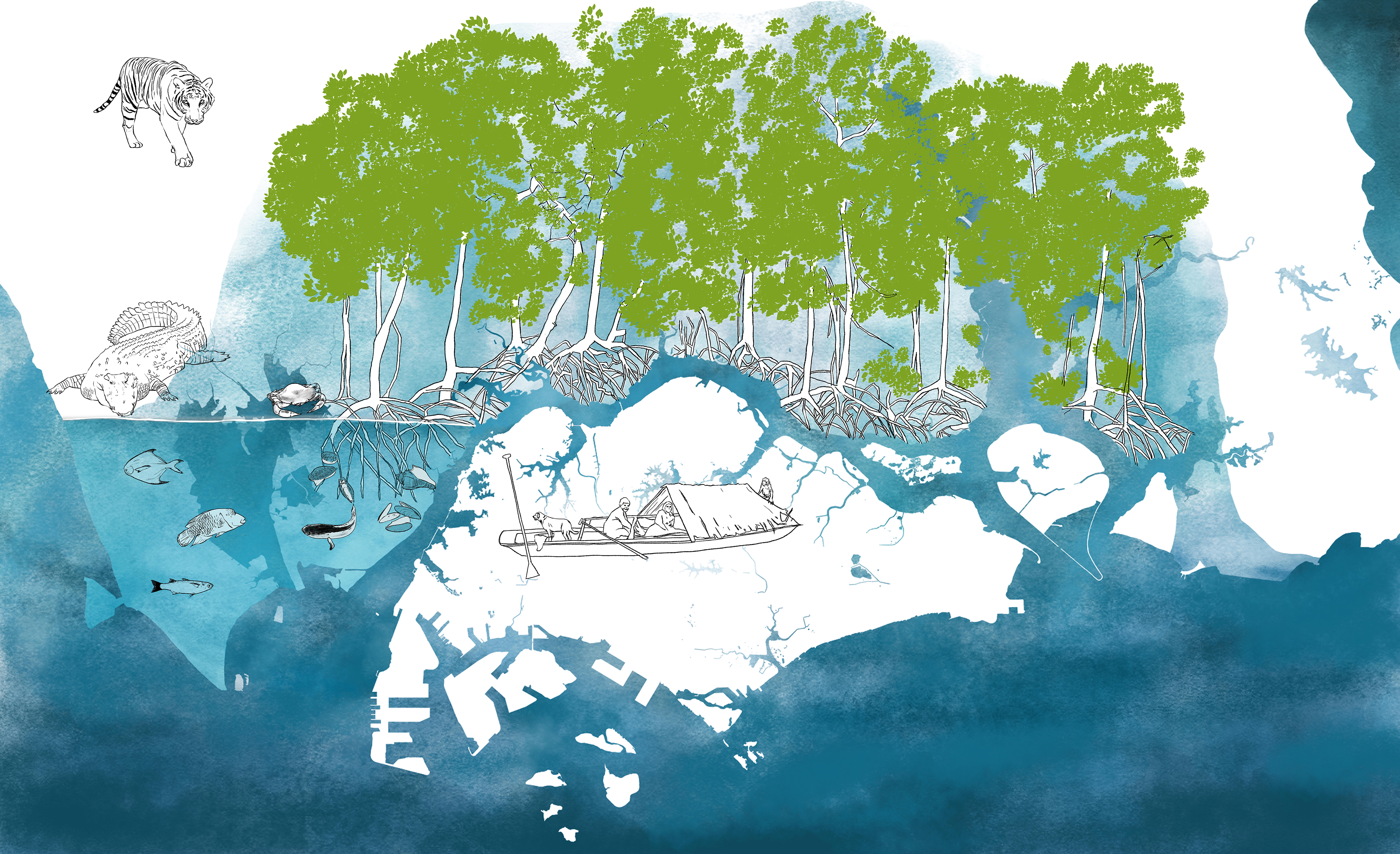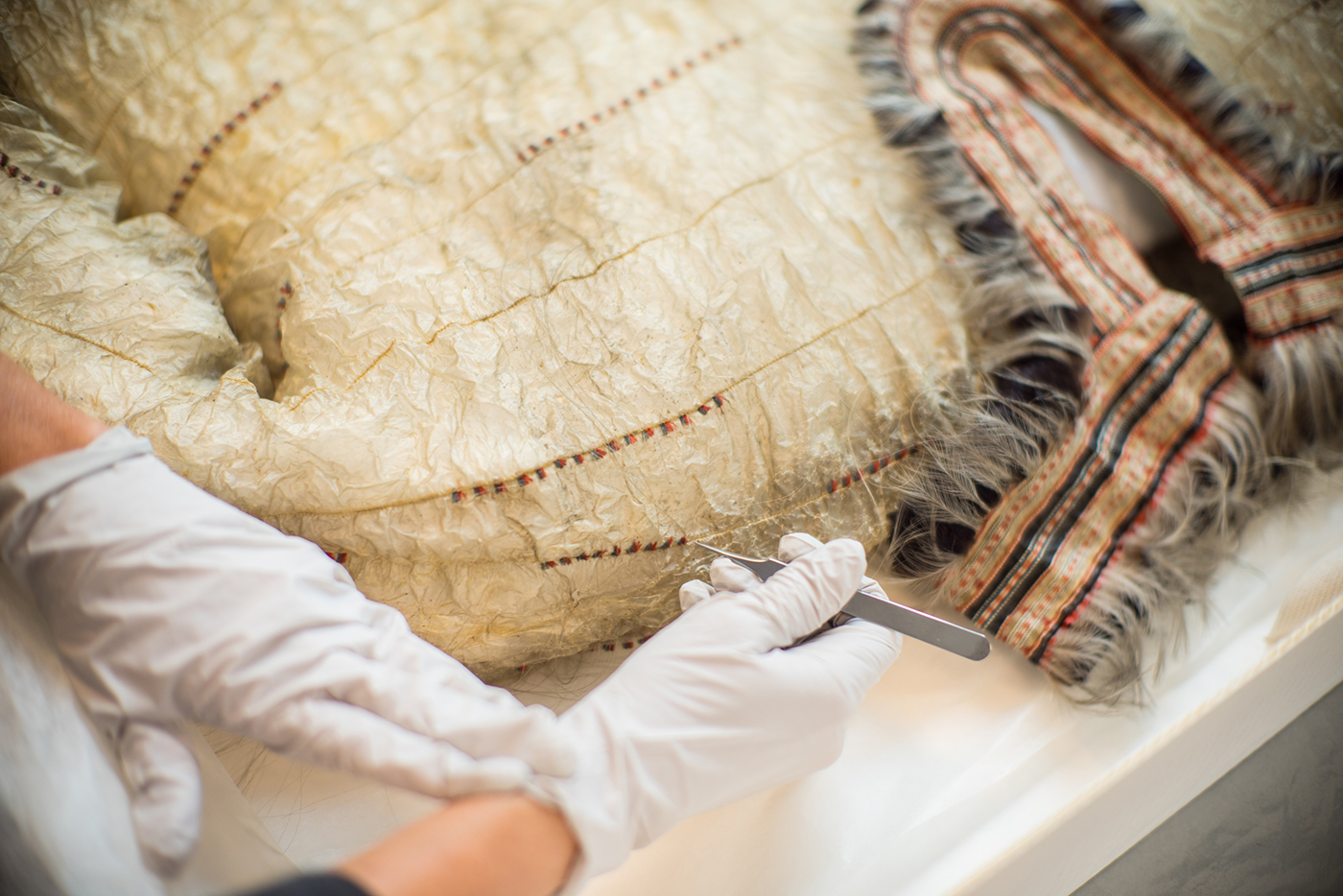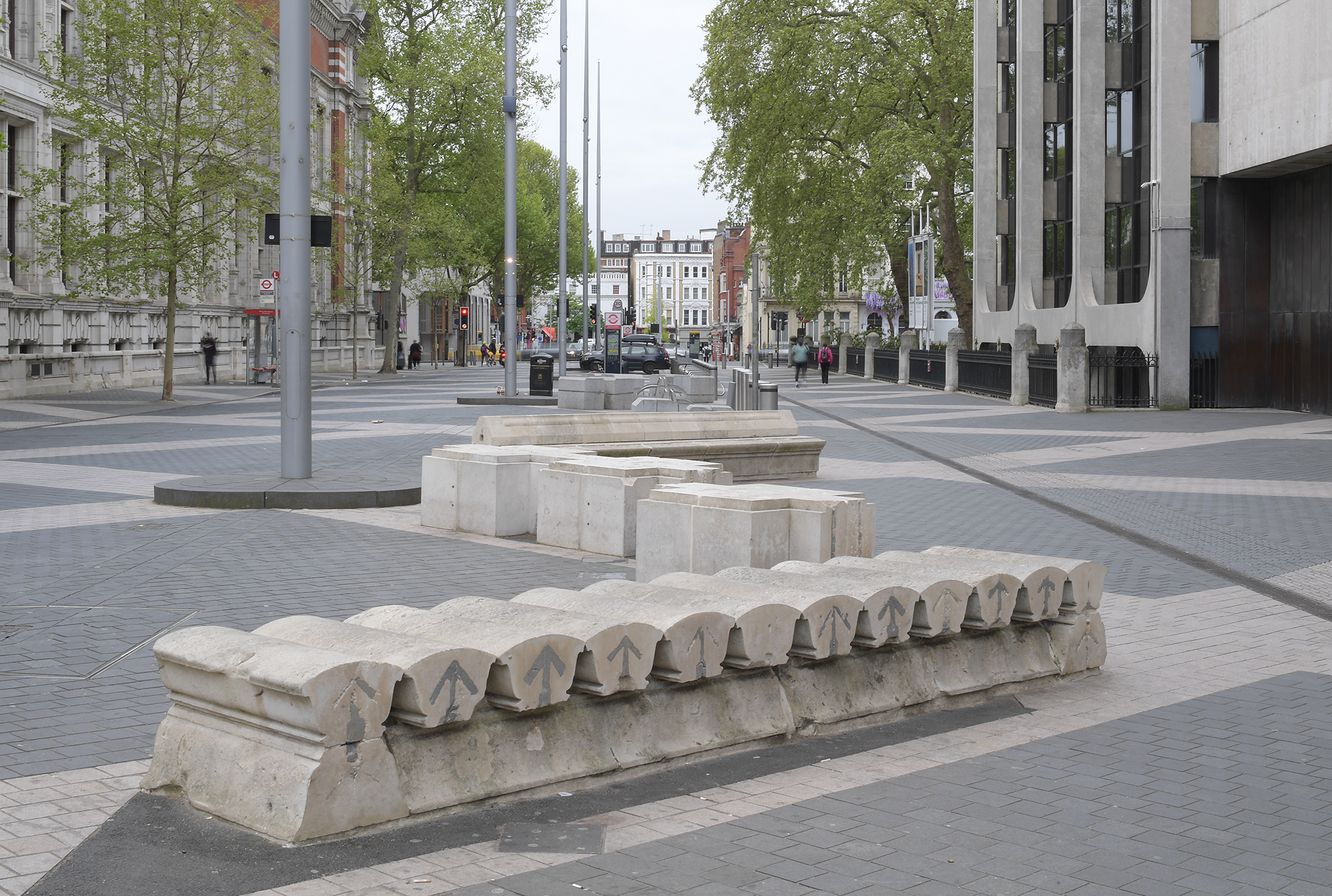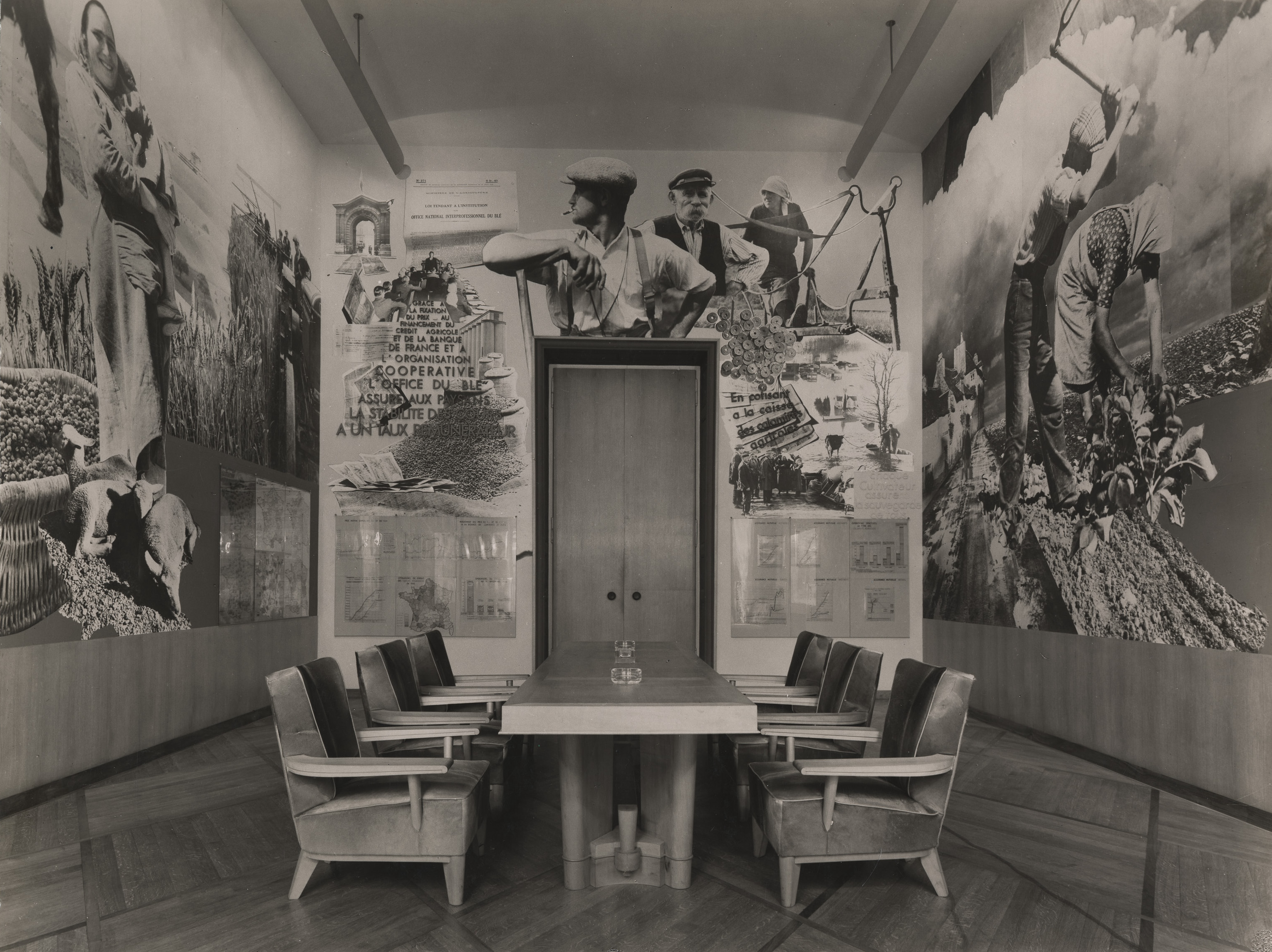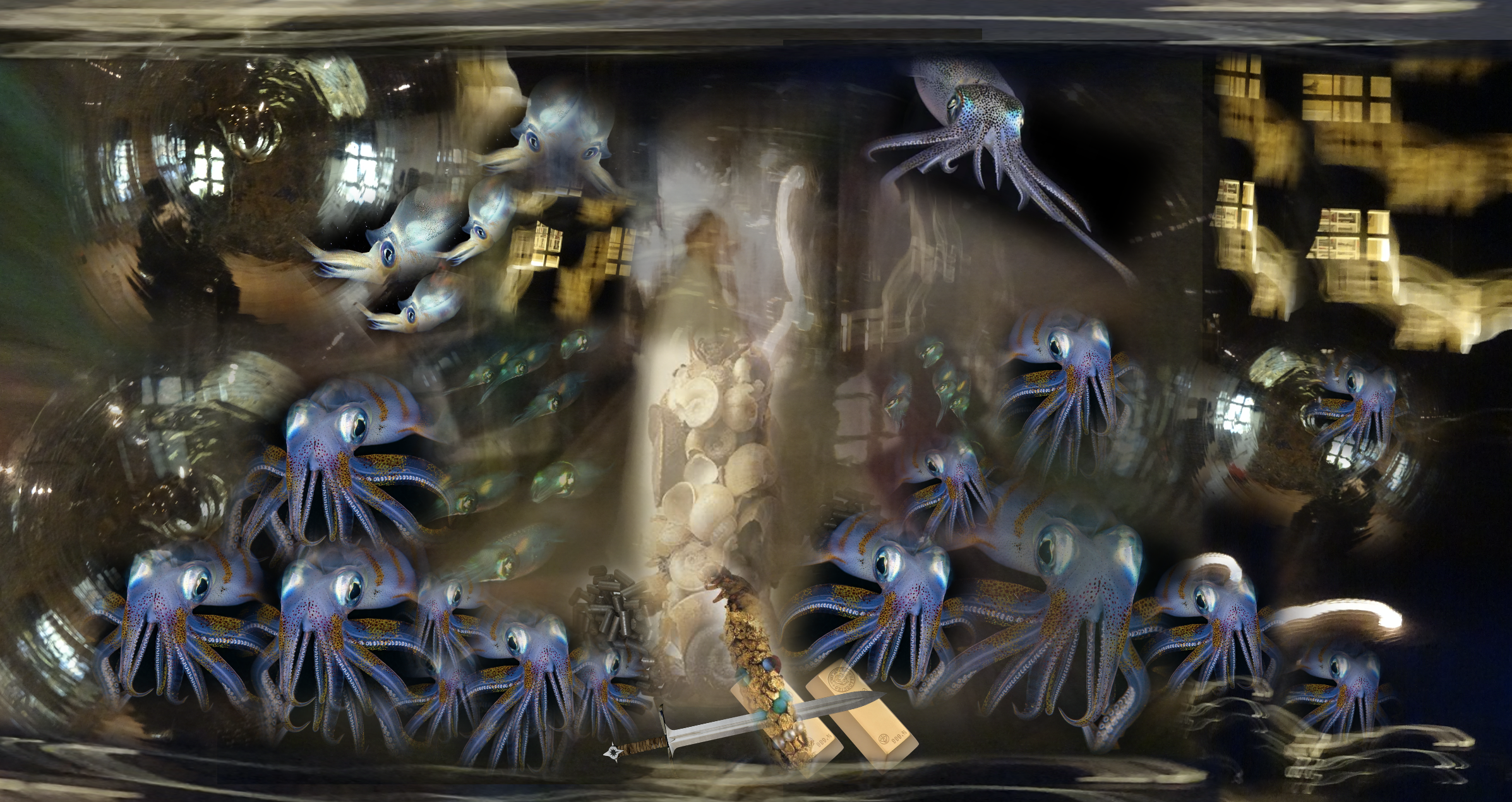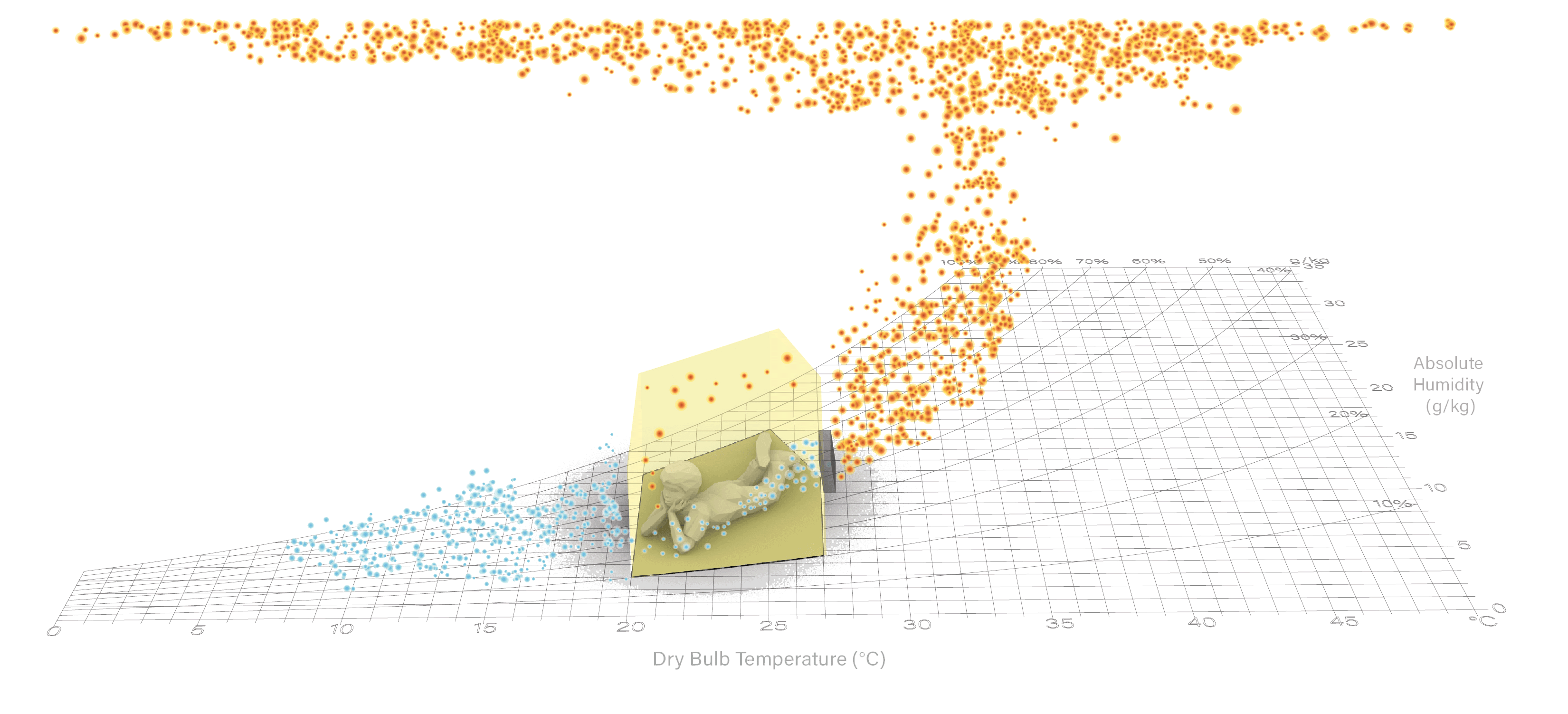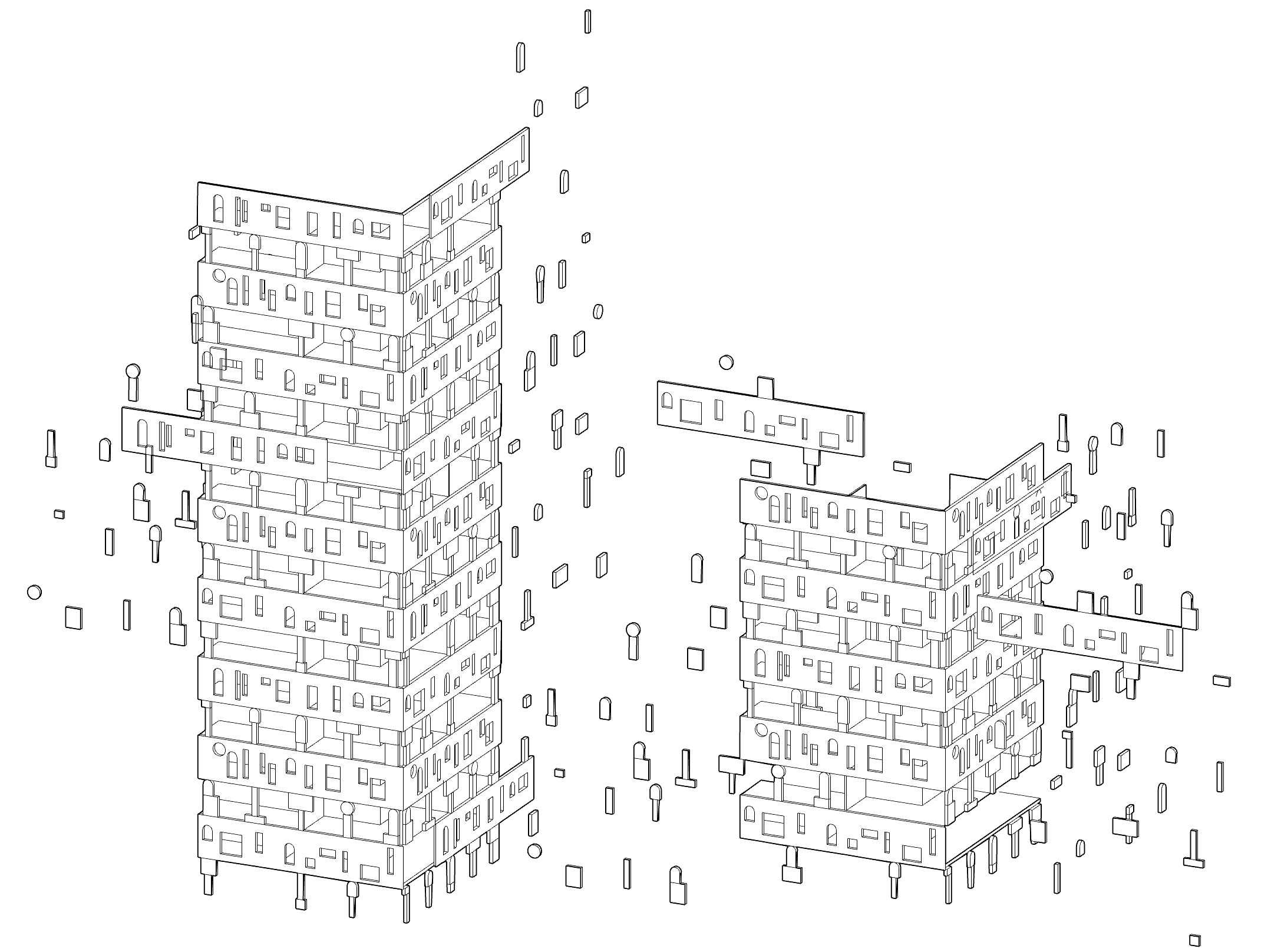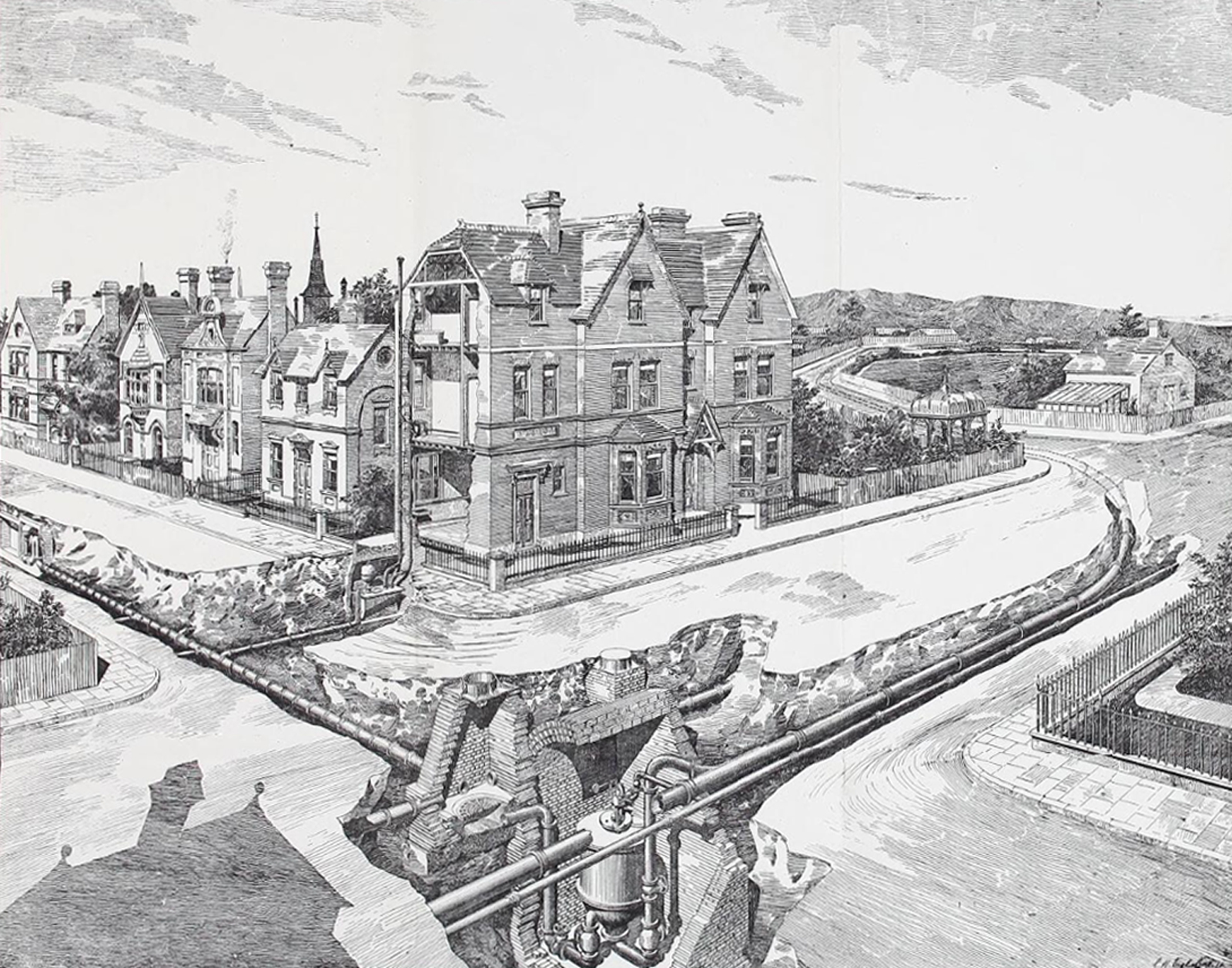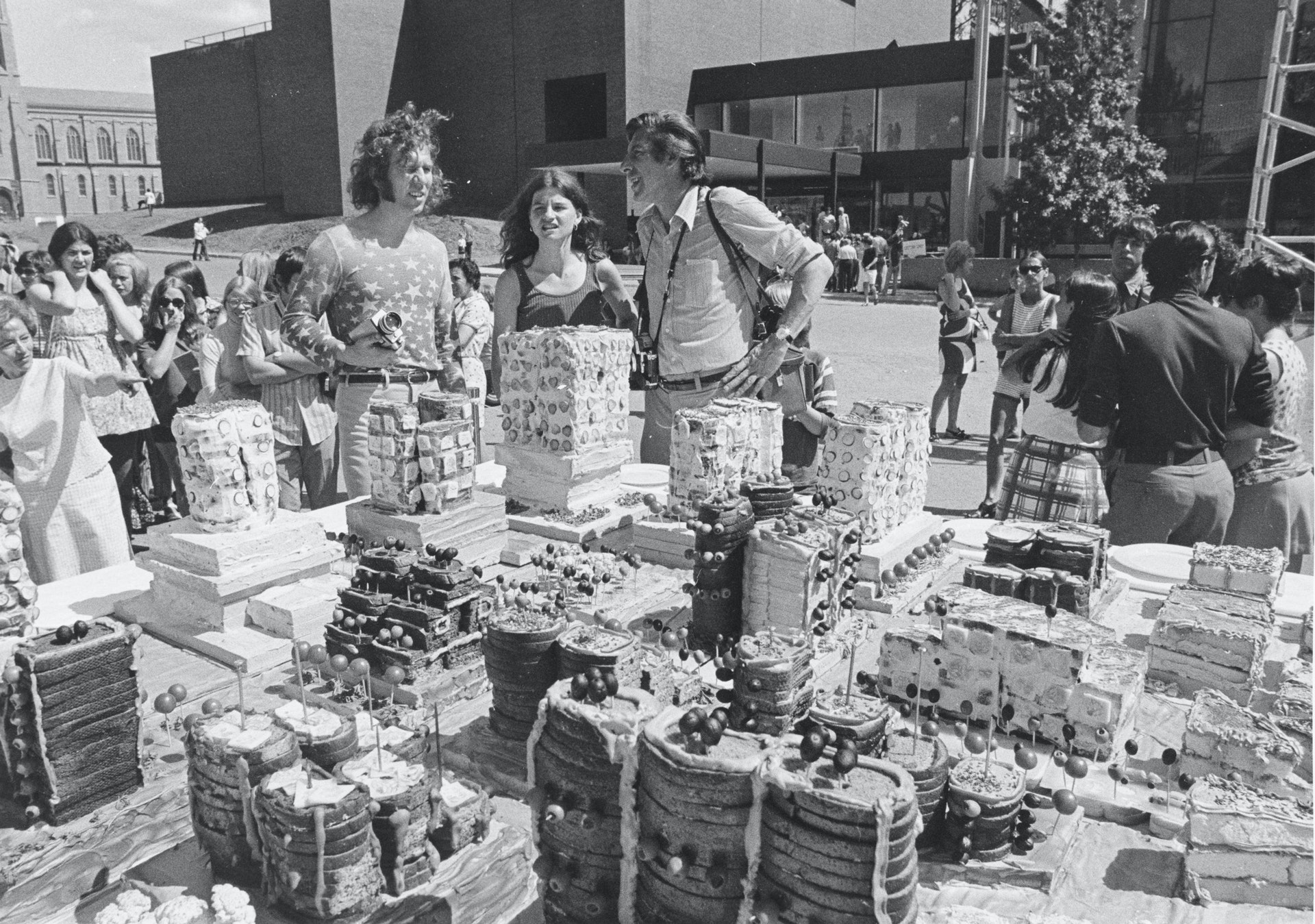Category
Digestion is a collaboration between e-flux Architecture and the 2022 Tallinn Architecture Biennale, supported by the Institute for Advanced Architecture of Catalonia (IAAC), the Estonian Museum of Architecture, and Friendship Products.
- Reif Larsen The Nursery
- Jefree Salim and Feifei Zhou Shifting Porosities
- Montserrat Bonvehi-Rosich The Skillful Cook
- James Westcott and Aude-Line Dulière Placeholders
- Meredith TenHoor Envisioning Future Food Systems
- Rolf Hughes and Rachel Armstrong I, Holobiont
- Mae-ling Lokko Hot Air Rising
- Lindsey Wikstrom A Gold Mine, Above Ground
- Mark Wigley The Excremental Interior
- Nick Axel, Areti Markopoulou and Nikolaus Hirsch Editorial
